Lately life has been challenging recently for many of us. One of the skills, I continue to use daily is emotional literacy. Subsequently, today I wanted to share the why, what, where, who and when of emotional literacy (also known as the 5 W’s of emotional literacy).
Let’s get started…
Why Develop Emotional Literacy?
Emotional literacy is the building block of emotional intelligence. Subsequently, when we develop our own emotional literacy we can access and develop important information about ourselves and others and process any emotional baggage (don’t worry we all have it!), take better care of ourselves and look after wellbeing.
What is Emotional Literacy?
Just as learning to read and write begins with literacy of letters and sounds, learning to interpret and manage feelings begins with emotional literacy. The term “emotional literacy” was coined by Claude Steiner in 1979.
The definitions of emotional literacy include –
- “To be emotionally literate is to be able to handle emotions in a way that improves your personal power and the quality of your life and – equally important, the quality of the life of the people around you. Emotional literacy helps your emotions work for you instead of against you.” ~ Claude Steiner
- “… is not a mere unleashing of the emotions, it is learning to understand, manage and control them.” ~ Claude Steiner
- “Emotional literacy is the ability to put feelings in to words so that those feelings can be understood within some sort of psychological context.” ~ Tian Dayton
- “… lets us sort out all of those feelings, name them and begin to understand their causes and effects. It is the basic building block of emotional intelligence.” ~ Joshua Freedman
- “Emotional literacy helps us precisely identify and communicate our feelings. Naming them helps us identify our unmet needs; communicating them helps us identify those people who voluntarily assist us in meeting our needs. The key to emotional literacy is using simple, clear and direct three-word I messages like – ‘I feel sad.'” ~ Steve Hein
Where Can I Use Emotional Literacy?
Simply – everywhere! Emotional literacy begins with you and continues out in to all areas of your life. Steiner (2003) identified the following principal skills to develop for emotional literacy –
- Knowing your feelings,
- Having a heartfelt sense of empathy,
- Learning to manage our emotions,
- Repairing emotional damage, and
- Emotional interactivity – putting it all together.
Where would you be able to use those skills in your life now?
If you are a teacher and / or work in education – what impact would being emotional literacy have in the classroom have for the students? Would it benefit you as the teacher to have emotional equilibrium, focus and attention in your day? If you are an athlete – what impact would emotional literacy have on your performance? I certainly wish I had learn how to cultivate emotional awareness and harmony when I was playing tennis 🙂 And if you are a professional, how could emotional literacy impact the work you do within you day?
Who Can Be Emotionally Literate?
Again, simply – everyone! If we go back to the definition above, can you see the benefit of knowing your feeling, having a heartfelt sense of empathy, learning to mange your feeling and repairing any emotional damage, so you can be yourself? And as I have discovered, the more emotional literacy we can have for ourselves, the more we can model and share it with others and grow empathy and compassion.
When Do We Need to Be Emotionally Literate?
Mmm – think you may be getting the drift of this! Again – as much as possible. Emotional literacy starts from when we was up in the morning to when we go to sleep at night. For example – when I awake I check-in with how I am feeling and where my energy is. From my own experience, this is a never-ending adventure and practising starts with self-awareness and turning within.
How Can I Be Emotionally Literate? –
I think this relates to Stein’s version of an emotionally literate person –
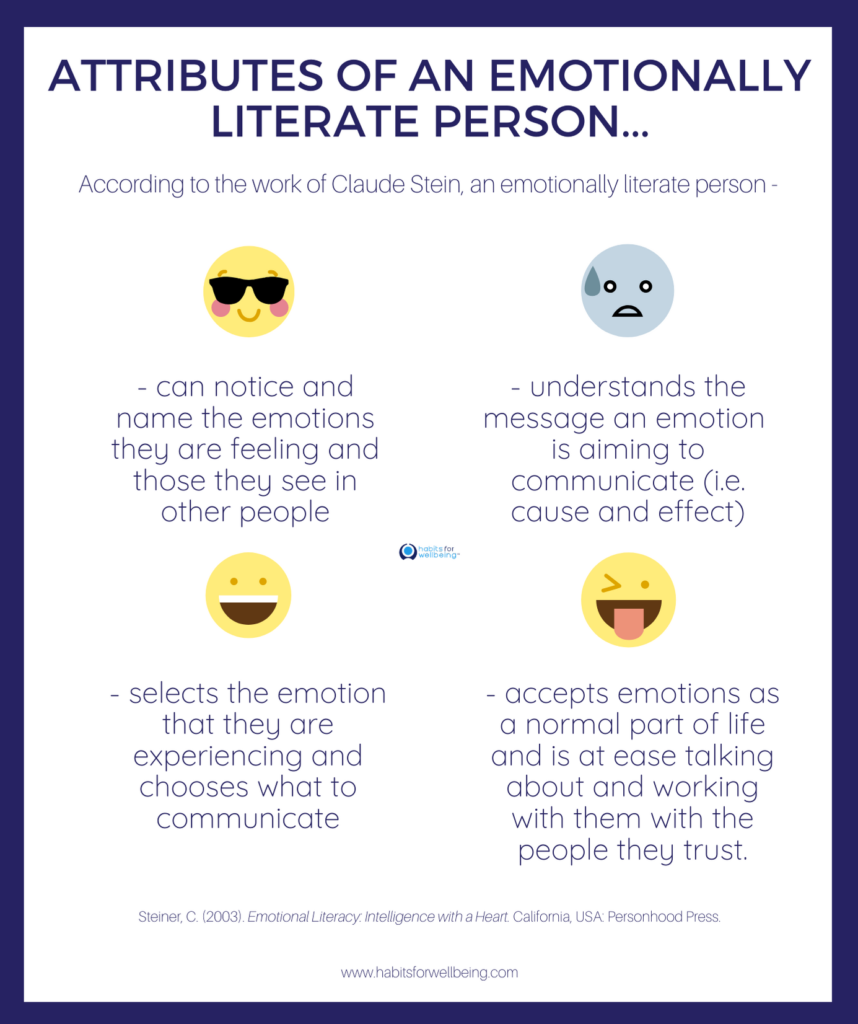
Personally, this is why I invest time every day to connect with my emotions through journaling, mindfulness, gratitude and self-compassion as well as moving my body 🙂
Over to You…
I hope this post has given you some insight in to the why, what, where, who and when of emotional literacy otherwise know as the 5W’s of Emotional Literacy. If you have any questions, please leave any questions or comments below.
If you are ready to reclaim your courage and take the next step towards freedom and opening your heart, why not join our Toolkit?
References –
Dayton, T. (2000). Trauma and Addictions: Ending the Cycle of Pain Through Emotional Literacy. Florida, USA: Health Communications Inc.
Freedman, J. (2012). At the Heart of Leadership: How to Get Results with Emotional Intelligence. California, USA: Six Seconds.
Hein, S. (2012). EQ for Everybody: A Practical Guide to the Developing and Using One’s Emotional Intelligence, USA: Steve Hein.
Steiner, C. (2003). Emotional Literacy: Intelligence with a Heart. California, USA: Personhood Press.
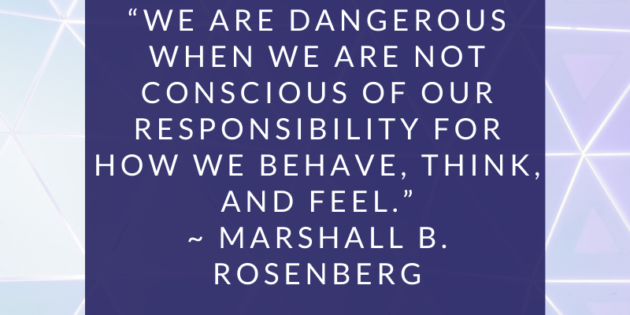
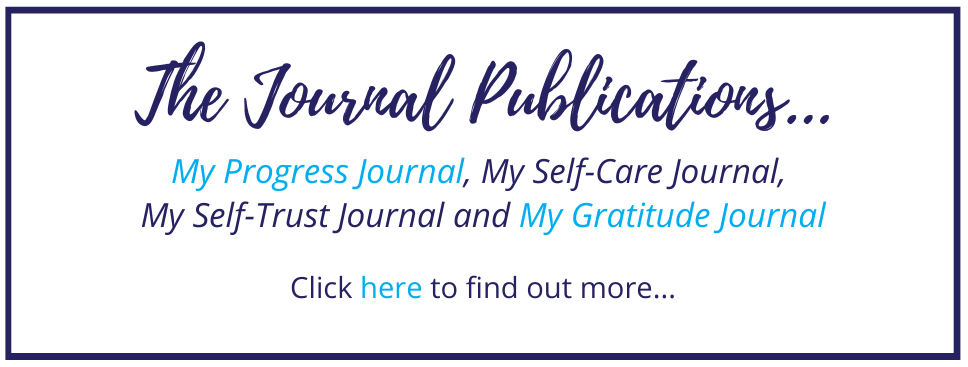

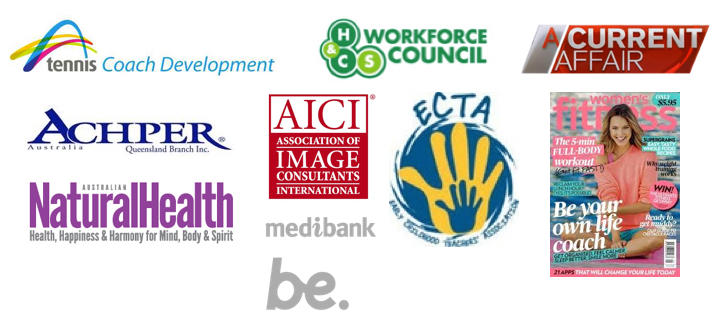
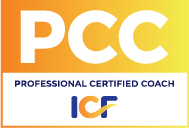
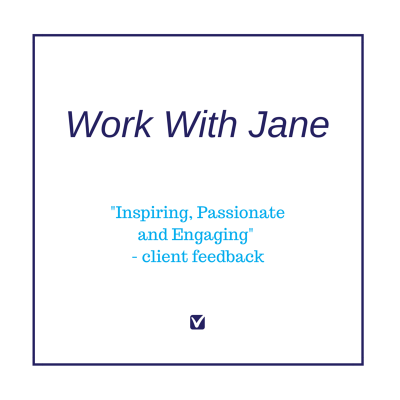





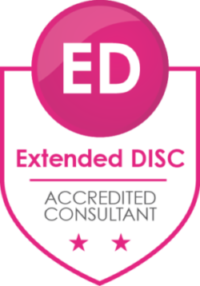

Leave A Response